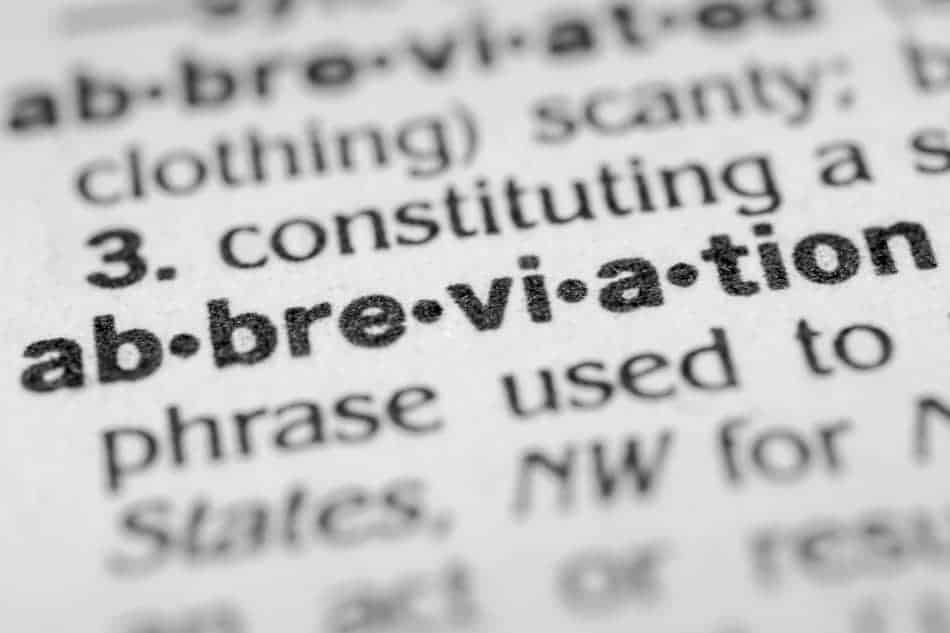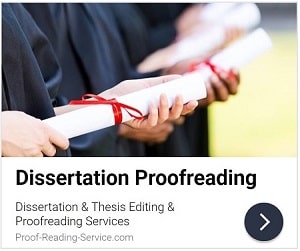Introduction
In academic writing, research papers, and legal documents, referencing specific pages from source texts is essential for clarity, credibility, and proper attribution of information. However, citing full references repeatedly can be cumbersome and disrupt the flow of the text. Abbreviating references to specific pages provides a practical solution by maintaining clarity while improving readability. This article explores the importance of abbreviated references, common styles for abbreviations, and best practices for ensuring accuracy and consistency.
Importance of Abbreviating References
Abbreviated references serve several key functions in scholarly writing:
- Efficiency – They save space and reduce redundancy when citing the same source multiple times.
- Readability – Abbreviations make texts more concise and reader-friendly, especially in works with frequent citations.
- Standardization – Using accepted abbreviations ensures consistency across various academic and professional fields.
- Time-saving – Researchers and readers can quickly locate relevant information without scanning through long citations.
Common Citation Styles and Their Abbreviation Methods
Different citation styles have specific rules for abbreviating references to pages within source texts. Below are guidelines from major citation formats:
1. MLA (Modern Language Association) Style
MLA style primarily uses parenthetical citations for in-text references. When citing specific pages, an abbreviated format follows the author’s last name and page number without additional punctuation:
- Example: (Smith 45)
- If the author’s name is already mentioned in the sentence: Smith argues that this concept is vital (45).
For multiple pages:
- Example: (Smith 45-48)
- For sources with multiple authors: (Smith and Jones 112)
2. APA (American Psychological Association) Style
APA style typically includes the author’s last name, the year of publication, and the page number, separated by a comma:
- Example: (Smith, 2020, p. 45)
- For multiple pages: (Smith, 2020, pp. 45-48)
When the author’s name is included in the text:
- Example: Smith (2020) found that “abbreviations improve clarity” (p. 45).
3. Chicago Manual of Style (CMS)
Chicago style uses two different citation formats:
- Notes and Bibliography (Humanities style): Uses footnotes or endnotes:
- Example: Smith, Title of Work, 45.
- Author-Date (Science and Social Sciences): Uses parenthetical citations similar to APA:
- Example: (Smith 2020, 45)
4. Harvard Referencing
Harvard citations are similar to APA, using the author’s name, year, and page number:
- Example: (Smith 2020, p. 45)
- For multiple pages: (Smith 2020, pp. 45-48)
5. Legal Citations (Bluebook and OSCOLA)
Legal citations often require very specific abbreviations. The Bluebook and the Oxford University Standard for the Citation of Legal Authorities (OSCOLA) use short forms for case law, statutes, and documents:
- Example (Bluebook): Brown v. Board of Education, 347 U.S. 483, 490 (1954).
- Example (OSCOLA): Brown v Board of Education [1954] USSC 483, 490.
Best Practices for Abbreviating References
To ensure clarity and accuracy when abbreviating references, follow these best practices:
1. Use Standard Abbreviations
Stick to widely accepted abbreviations for terms such as:
- Page → p.
- Pages → pp.
- Edition → ed.
- Chapter → ch.
- Volume → vol.
- Number → no.
2. Maintain Consistency
Use the same format throughout the document. Switching between different abbreviation styles (e.g., using “p.” in one place and “pg.” in another) can cause confusion.
3. Clarify Abbreviations in the First Use
For non-standard abbreviations, provide a full reference the first time and include the abbreviation in parentheses. Subsequent citations can use the abbreviated form.
- Example: The Oxford English Dictionary (OED) defines “concise” as expressing much in few words. The OED further notes…
4. Avoid Over-Abbreviation
While abbreviations improve readability, excessive use can lead to confusion. Only abbreviate when the full citation has been introduced or when it is standard practice in your field.
5. Use Cross-Referencing When Necessary
For lengthy works, adding a cross-reference to a previous full citation helps avoid repetition while keeping references clear.
- Example: See Smith (2020, p. 45) for further discussion.
6. Ensure Proper Formatting in Digital Documents
When using automated citation tools, double-check that abbreviations are formatted correctly. Some reference managers, like Zotero, EndNote, or Mendeley, allow customization of citation abbreviations.
Common Mistakes to Avoid
- Omitting Essential Information – Ensure that page numbers, volume numbers, or section numbers are not accidentally removed when abbreviating.
- Inconsistency in Abbreviations – Using “pg.” in one reference and “p.” in another creates inconsistency.
- Incorrect Page Ranges – Use hyphens correctly (e.g., “pp. 45-48,” not “pp. 45,48”).
- Misusing “et al.” – Only use “et al.” when citing multiple authors after the first mention and per style guidelines.
- Failing to Update Abbreviations – If switching styles (e.g., from APA to MLA), ensure that the abbreviations align with the new format.
Tools for Managing Abbreviated References
Several tools can help manage abbreviations and citations efficiently:
- Citation Management Software – Programs like EndNote, Zotero, and Mendeley allow for automatic citation formatting and abbreviation.
- Online Citation Generators – Websites like Citation Machine, EasyBib, and CiteThisForMe help generate proper abbreviations.
- Word Processing Plugins – Many citation tools integrate with Microsoft Word and Google Docs to maintain consistency.
- Manual Citation Guides – Keeping a style guide on hand (e.g., APA Manual, Chicago Manual) ensures accuracy when abbreviating citations.
Conclusion
Abbreviating references to specific pages in source texts is an essential practice for improving readability and maintaining citation accuracy. By following standardized abbreviation formats, ensuring consistency, and using proper tools, writers can effectively manage references while adhering to academic and professional standards. Whether using APA, MLA, Chicago, or legal citation styles, the key is to abbreviate appropriately without sacrificing clarity. By implementing these best practices, scholars, researchers, and professionals can produce high-quality, well-referenced documents with minimal citation errors.














